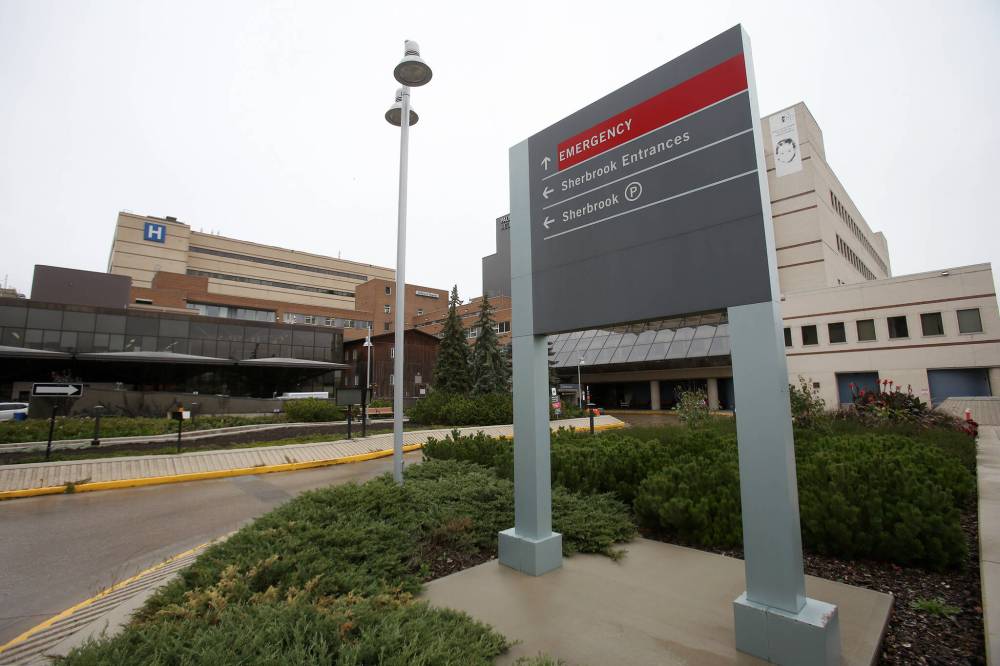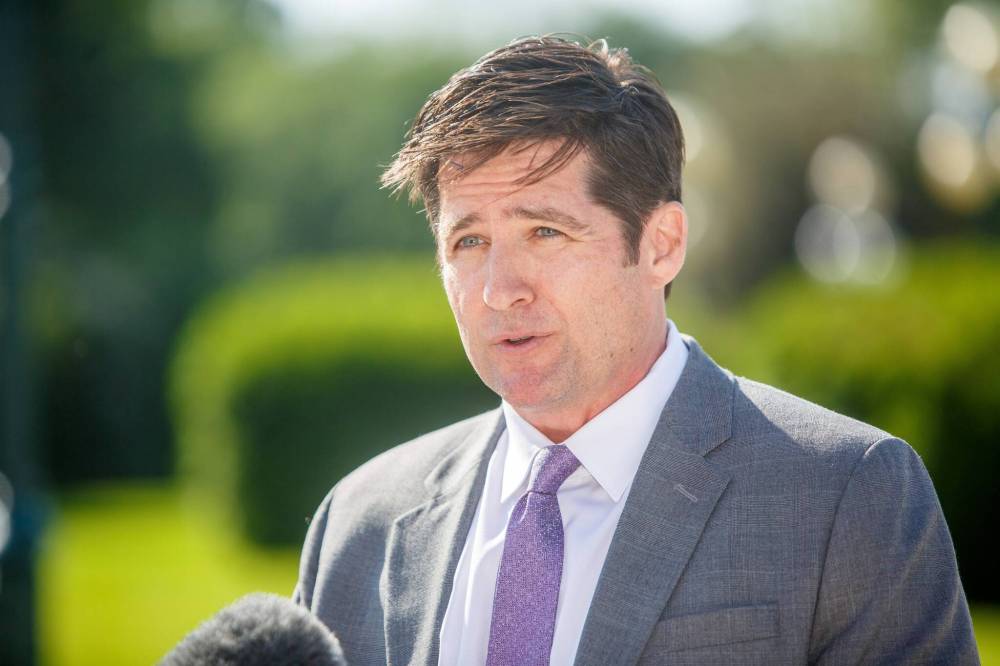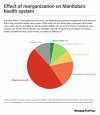ER hallway medicine pressure ‘every single shift’: HSC doctor
Advertisement
Read this article for free:
or
Already have an account? Log in here »
To continue reading, please subscribe:
Monthly Digital Subscription
$0 for the first 4 weeks*
- Enjoy unlimited reading on winnipegfreepress.com
- Read the E-Edition, our digital replica newspaper
- Access News Break, our award-winning app
- Play interactive puzzles
*No charge for 4 weeks then price increases to the regular rate of $19.00 plus GST every four weeks. Offer available to new and qualified returning subscribers only. Cancel any time.
Monthly Digital Subscription
$4.75/week*
- Enjoy unlimited reading on winnipegfreepress.com
- Read the E-Edition, our digital replica newspaper
- Access News Break, our award-winning app
- Play interactive puzzles
*Billed as $19 plus GST every four weeks. Cancel any time.
To continue reading, please subscribe:
Add Free Press access to your Brandon Sun subscription for only an additional
$1 for the first 4 weeks*
*Your next subscription payment will increase by $1.00 and you will be charged $16.99 plus GST for four weeks. After four weeks, your payment will increase to $23.99 plus GST every four weeks.
Read unlimited articles for free today:
or
Already have an account? Log in here »
Hey there, time traveller!
This article was published 13/09/2022 (1182 days ago), so information in it may no longer be current.
Hallway medicine for trauma patients at Winnipeg’s largest ER has become increasingly common, Health Sciences Centre emergency department staff say.
Over the weekend, a surge of severely injured people meant there were nearly a dozen patients who needed a spot in the six-bed resuscitation room. All of the ER’s acute beds were full of patients who needed to be admitted to hospital, leaving no room for new arrivals who needed to be assessed.
Sunday night “was probably the worst we have ever seen it, where we have every single bed blocked, but right now, it’s not much better,” an HSC emergency room doctor said Tuesday. The Free Press is not identifying him because he faces repercussions for speaking publicly.

WINNIPEG FREE PRESS FILES
Hallway medicine for trauma patients at Winnipeg’s largest ER has become increasingly common, Health Sciences Centre emergency department staff say.
“It’s happening every single shift. It’s happening every single day.”
Dr. Shawn Young, HSC chief operating officer, acknowledged the surge of trauma patients Sunday night was “particularly taxing.”
He thanked staff for their hard work, and said it’s been more common over the past few months for the majority of ER beds to be occupied by existing patients as they await a bed elsewhere in the Winnipeg hospital.
Pre-COVID-19 pandemic, around 12 of the ER’s 69 beds would be filled by admitted patients who were sometimes waiting a day to be transferred to a ward.
“It’s no longer a dozen. We’re often seeing 30 and 40 at a time,” Young said. “It’s gotten really bad starting back in February of this year, and it never actually returned to normal.”
Asked what plans hospital leadership has in place to improve the situation, Young said none are immediate fixes.
“There’s a mountain of work that we’ve engaged in to make sure that we’re streamlining some of the pathways and improving some capacity in other parts of the system, but the staffing piece in particular is really what’s straining us overall, and the ability for us to be able to train and recruit is going to take us years,” he said.
The surge of trauma patients and extremely sick ER patients over the weekend was unusual, not the actual patient volumes, a Shared Health spokesperson stated.
The ER doctor said physicians and nurses are worried they aren’t giving patients the care they need, even though they’re doing all they can. Leadership needs to not only train and hire nurses, but listen to them, he said.
“When I am talking to nurses, many of them still enjoy their jobs, but the thing is when we have a concern… it sounds like sometimes people are listening but no one seems to be really acting on it. No one seems to have the safety of the patients, or even of the staff, at heart.”

MIKE DEAL / WINNIPEG FREE PRESS FILES
Dr. Shawn Young, HSC chief operating officer, said it’s been more common over the past few months for the majority of ER beds to be occupied by existing patients as they await a bed elsewhere in the Winnipeg hospital.
An HSC ER nurse described the situation as “heartbreaking.” She said the temporary move to bring in ICU nurses to monitor trauma patients in the ER isn’t working when there’s nowhere to put patients.
“We have the ability to provide lifesaving care but we simply do not have the resources to do so. The leadership has not given us any appropriate recommendations, and doesn’t have a plan for how to move forward,” she said. “In the meantime, we work moment to moment, hoping something tragic doesn’t happen.”
Young acknowledged the nursing workforce didn’t get a chance to recover throughout the pandemic, and the entire health system is now feeling the strain.
“It isn’t something that’s going to be remedied very quickly. We are going to have to get creative, we are going to have to get innovative. Our models of care are going to have to look different,” Young said.
“We can’t continue to go back to the care we were providing before, because even before we were not happy with our wait times in the emergency department. It was always front-page news… So if we didn’t have it right before, we’ve got a lot more work to do before it gets corrected.”
katie.may@freepress.mb.ca

Katie May is a general-assignment reporter for the Free Press.
Our newsroom depends on a growing audience of readers to power our journalism. If you are not a paid reader, please consider becoming a subscriber.
Our newsroom depends on its audience of readers to power our journalism. Thank you for your support.








